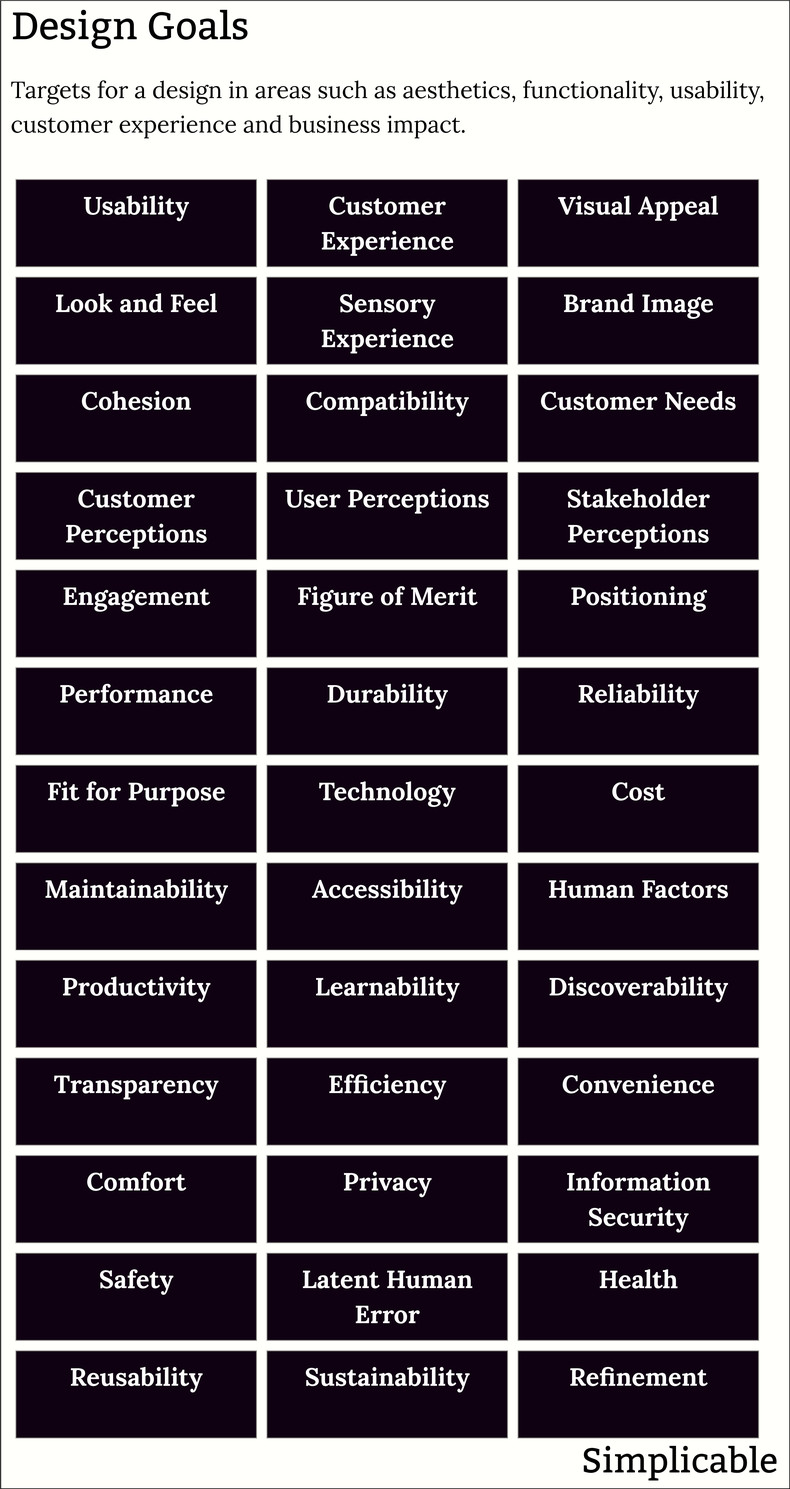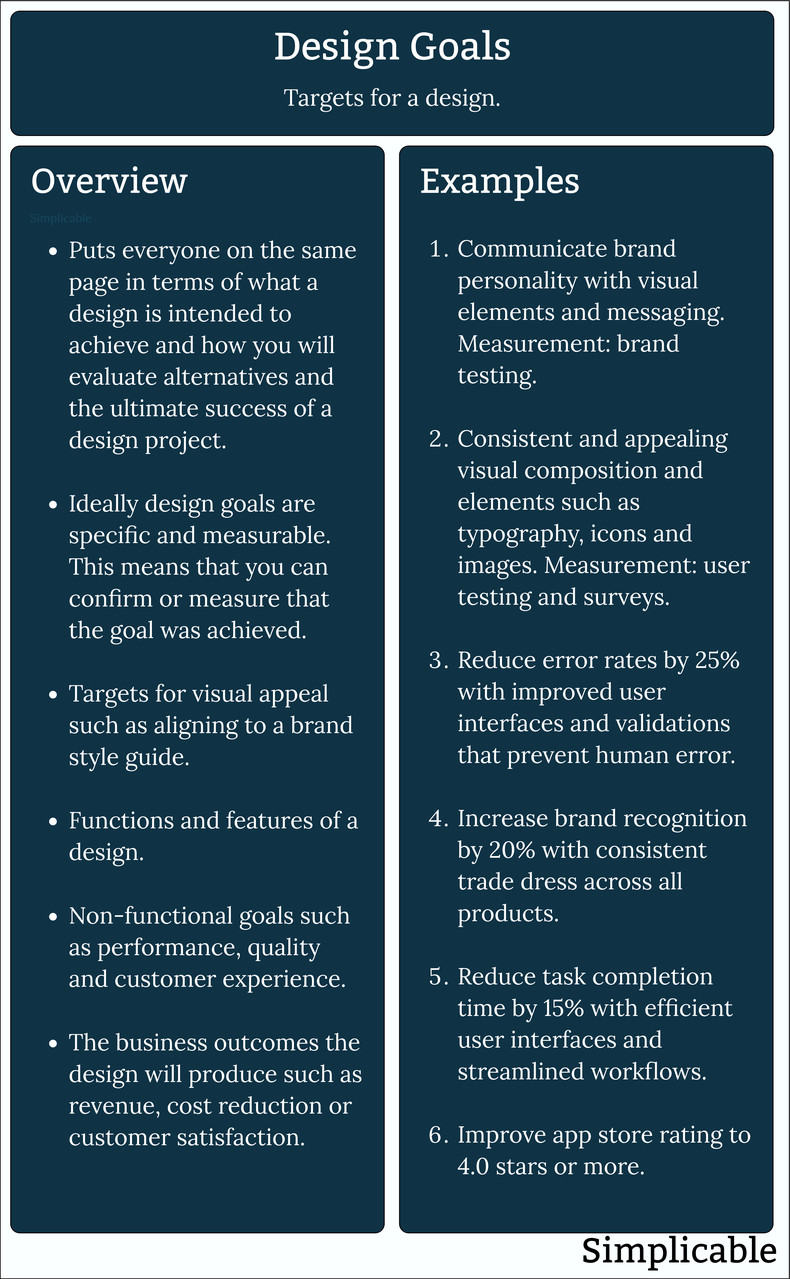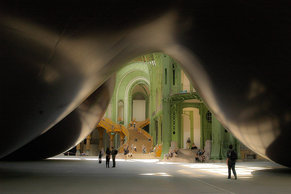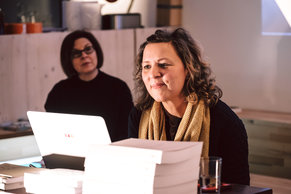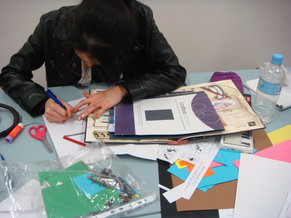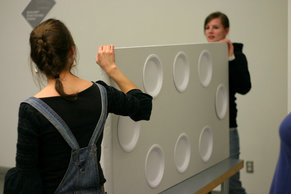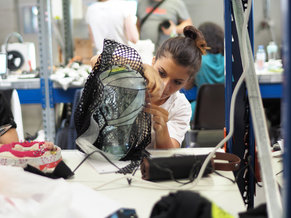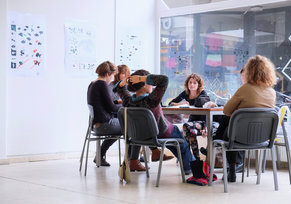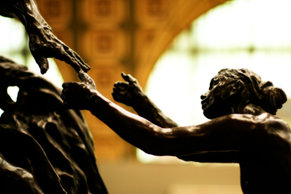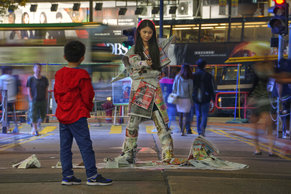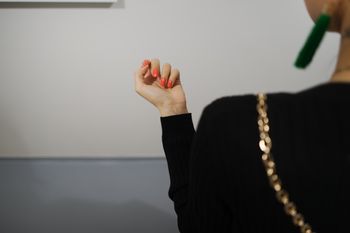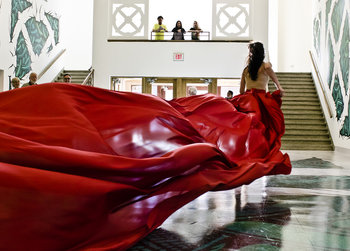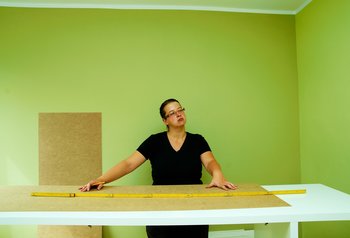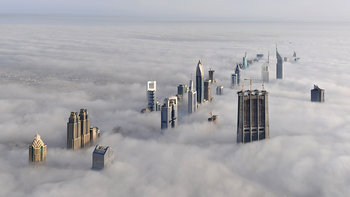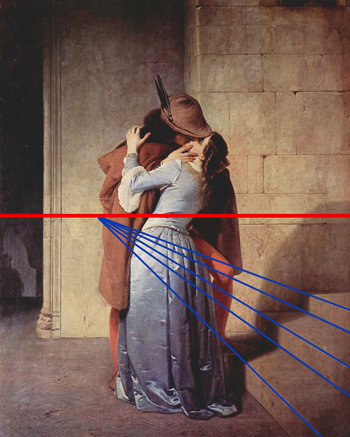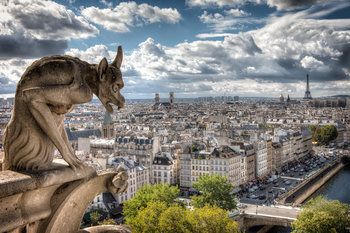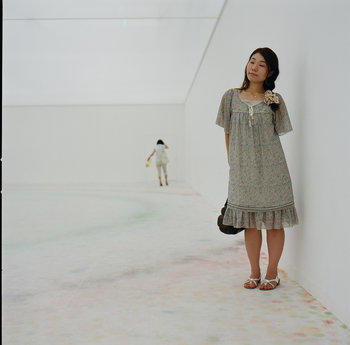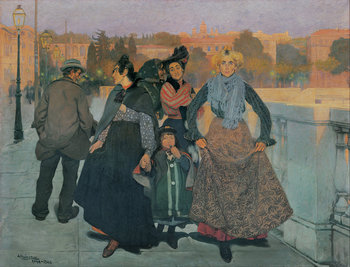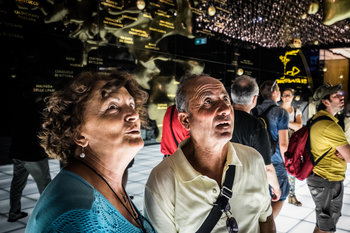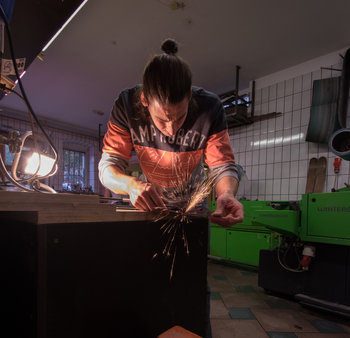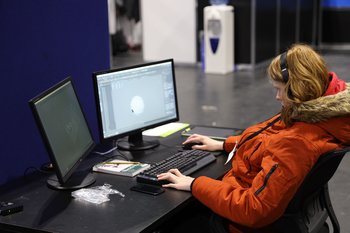|
| |
Design goals are targets for design work. These are typically agreed upon by stakeholders as the criteria for comparing design alternatives and evaluating design outcomes. The following are illustrative examples of design goals.Usability goals such as a target for the percentage of users who rate a user interface as easy to use.Customer experience measures such as a theme park attraction with a goal to be rated as magical, thrilling or comforting by customers.
Visual AppealAn aesthetic goal such as a furniture design initiative with a goal to produce a product that is visually perceived as modern, study, high quality and stylish.Look and FeelLook and feel is a term for the aesthetics of an interactive and explorable environment that isn't as static as something you look at such as a painting. For example, a mobile device that users describe as comfortable after accomplishing common tasks with the product.Sensory ExperienceGoals related to multisensory experiences such as a product you see, feel, smell and taste. For example, a product design goal to develop donuts that don't feel oily or messy to the touch.A goal to achieve brand image through design. For example, a target to design restaurant decor that aligns to the brand image of a restaurant chain that is a highly social venue for young professionals. CohesionConsistency with other designs such as a new page on a bank's website that needs to fit in well with the structure and look and feel of the site.CompatibilityTargets for forward and backward compatibility. For example, a kitchen knife design that has to be compatible with a knife holder sold by the brand.Meeting customer needs such as an social media service that allows customers to quickly liberate their data.How customers feel as opposed to the physical realities of a design. For example, if customers feel that a packaging design is luxurious then it is luxurious regardless of its cost.User PerceptionsIn some cases there is a difference between the customer and the user. For example, you may sell automated banking machines to a bank that is the customer with the users being people who actually use the machine to perform transactions. In this case, the user perceptions can include areas such as speed, ease of use and security.Stakeholder PerceptionsA design may have goals to satisfy a stakeholder who is neither the customer nor the user. For example, a business unit that perceives pop-up messages that are difficult to dismiss as a wonderful tool to improve conversion rates. In this case, stakeholders perceptions may be overwhelmingly positive for a design that customers and users intensely dislike.EngagementUser engagement goals such as a video game with a design goal to keep players playing for an average of 30 minutes a day.A figure of merit is a measurement that customers commonly use to compare products and services. For example, a 0-60 mph target for a sports car design.Goals for the value of a design relative to the competition. For example, a goal to design an electronic piano that is widely perceived as the highest quality on the market with a price under $1000.PerformanceThe performance of a design such as a goal for the load time of a website.The durability of a design such as a chair that should last for ten years under normal conditions. This can be validated with accelerated life testing.A design that remains useful in a wide range of situations such as a bicycle tire design that performs well in severe weather and road conditions.Fit for purpose is the idea that a design achieve its useful functions without any unnecessary additions to quality. For example, a can opener that opens cans well without any additional goals such as being entertaining or high-tech.TechnologyTechnology driven goals such as a goal to make a toaster "smart." Designers typically understand this to be a mistake as customer needs are a better driver of design goals. Nevertheless, technology driven design goals are common as business units simply want to incorporate trendy technologies into things without having much of a reason.CostTargets for a unit cost or operating cost. Design as a primary goal is known as design-to-cost. For example, an ice cream company that targets a new ice cream product with a unit cost of $1.10 or less at a scale of a million units a month.MaintainabilityEase and cost of maintenance such as a bicycle designed such that any part can be easily swapped in and out.AccessibilityAvoiding assumptions about the user to create things that are usable for as many people as possible. For example, a transit system improvement project with a goal that trains be easy for almost everyone to board without assistance including people with disabilities, seniors and parents with small children.Human FactorsGoals related to the characteristics of people. For example, an airline seat that is designed to be comfortable for people of diverse shapes and sizes.ProductivityTargets for the productivity of the user. For example, a scientific calculator design initiative that seeks a faster and more intuitive way for students to solve multivariable equations.LearnabilityA goal that a user interface be easy to learn such as an app that feels immediately intuitive without any onboarding process such as a tutorial.DiscoverabilityThe ease with which users find what they are seeking in an environment. For example, a hotel lobby that feels easy to navigate such that guests typically can sense where restaurants, elevators and other facilities are located.TransparencyThe extent to which a design gets out of the way. For example, a camera that doesn't feel like a camera but more of a direct creative experience.EfficiencyReducing the amount of resources consumed by a design such as an engineering design for an aircraft with a target to reduce energy consumption by 18%.ConvenienceMaking things easier for the customer. For example, a design goal to automate a bathtub such that it can be filled to a present level and temperature without any hassle such as installing an app.ComfortComfort related goals such as soundproofing targets for a hotel renovation.PrivacyGoals to avoid collecting and processing customer data. For example, a smart appliance that is smart enough without connecting to the internet for anything but firmware updates.Information SecurityInformation security related design initiatives such as a goal to detect and block suspicious banking transactions.Safety goals such as a requirement that an aircraft remain safe when critical sensors fail.A requirement that a design not allow human error to have serious repercussions. For example, an aircraft that will not allow a pilot to enter an air temperature that's almost certainly wrong given the aircraft's awareness of temperature and weather conditions.HealthHealth related goals such as a requirement that a design not use any materials that can in anyway be perceived as unhealthy.ReusabilityGoals related to reuse of a product such as an electric car with a battery that is designed for reuse at the vehicle's end of life. For example, a battery that can be integrated with solar power systems.SustainabilityGoals related to a design's impact on people and planet such as a goal to design a biodegradable drinking straw to reduce ocean plastic.RefinementGoals related to perfecting a design such that it stands out as extremely high quality. For example, a design of a grand piano that has a goal to impress people who know pianos. This can be measured by engaging lead users.SummaryDesign goals put everyone on the same page in terms of what a design is trying to achieve. These are used to evaluate alternatives and the ultimate success of a design initiative.Next: Design Constraints
More about design considerations:
If you enjoyed this page, please consider bookmarking Simplicable.
A list of common design considerations.
A list of what is included in design requirements.
A list of the foundational design styles.
A glossary of customization terms.
A vocabulary for describing design style.
A list of common design characteristics.
The common types of design constraint.
An overview of architecture with examples.
The definition of vanishing point with examples.
An overview of Gothic Architecture with examples.
The basic characteristics of renaissance architecture with examples.
TrendingThe most popular articles on Simplicable in the past day.
Recent posts or updates on Simplicable.
Site Map
© 2010-2023 Simplicable. All Rights Reserved. Reproduction of materials found on this site, in any form, without explicit permission is prohibited.
View credits & copyrights or citation information for this page.
|
